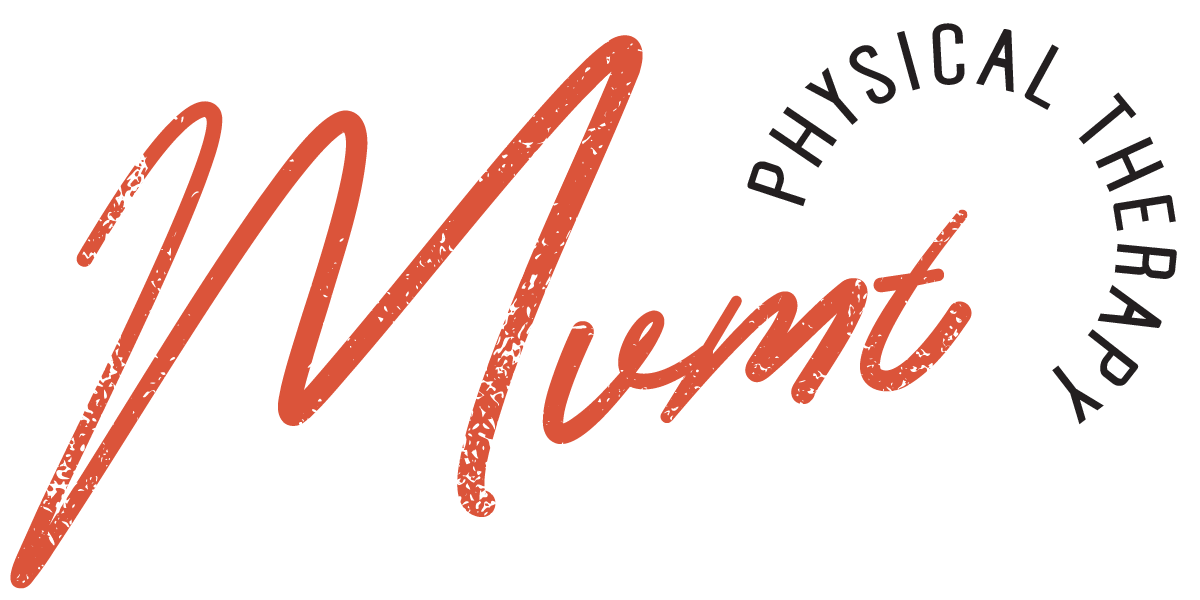Author - Anastasia Belikov, PT, Cert. MDT
Graduated with her DPT in 2017
https://www.linkedin.com/in/anastasia-belikov-pt24/
URL Copied!
Exercises to Prevent Shin Splints
EXERCISES
Wednesday, April 12, 2023
Shin splints, or medial tibial stress syndrome, is a common condition that affects athletes who engage in high-impact activities. The condition is characterized by pain and tenderness along the shinbone or tibia, which can be caused by a variety of factors. The most common causes of shin splints include overuse, improper footwear, running on hard surfaces, and muscular imbalances.
It is difficult to say what causes shin splints without a full physical therapy assessment, but here are some exercises that are easy to work on. The thought behind these exercises is to strengthen the lower leg and foot musculature and motor control. This lessens the impact passed through the bone. The goal during the jumping exercises is to land as softly as possible.
Eccentric Calf Raises - Eccentric calf raises are a great exercise for strengthening the calf muscles and improving lower leg stability. To perform this exercise, begin by standing on a step or raised surface with your heels hanging off the edge. Raise up onto your toes, then slowly lower your heels below the surface of the step, allowing your calves to stretch. Hold the stretch for a few seconds, then use your other foot or a stable surface to assist you in returning to the starting position. Repeat the exercise for several repetitions, gradually increasing the number of repetitions and sets over time as your strength improves.
Jumping Rope - Jumping rope is a great cardiovascular exercise that can help improve coordination, agility, and overall fitness. To jump rope, begin by holding the handles of the rope in each hand and positioning the rope behind you. Swing the rope over your head and under your feet, then jump up and over the rope as it passes underneath you. Land softly on the balls of your feet and repeat the exercise for several repetitions, gradually increasing the speed and intensity of the exercise as your fitness improves.
Lateral Bounds - these are effective exercises for improving lateral movement and control during jumping and landing. To perform this exercise, begin by standing with your feet shoulder-width apart and your knees slightly bent. Jump laterally to one side, landing softly on the ball of your foot with good control. Push off with your foot and jump laterally to the other side, landing softly with good control. Repeat the exercise for several repetitions, gradually increasing the distance and intensity of the jumps as your skill and fitness improve.
Depth Jumps - Depth jumps are a challenging exercise that can help improve the ability to absorb and transfer forces during jumping and landing. To perform this exercise, begin by standing on a box or platform that is about knee height. Step off the box and land softly on the balls of your feet, absorbing the impact of the landing. Immediately jump up as high as possible, focusing on explosive power and good control. Repeat the exercise for several repetitions, gradually increasing the height of the box or platform as your skill and fitness improve. It is important to use proper technique and gradually progress the height of the box to avoid injury.



